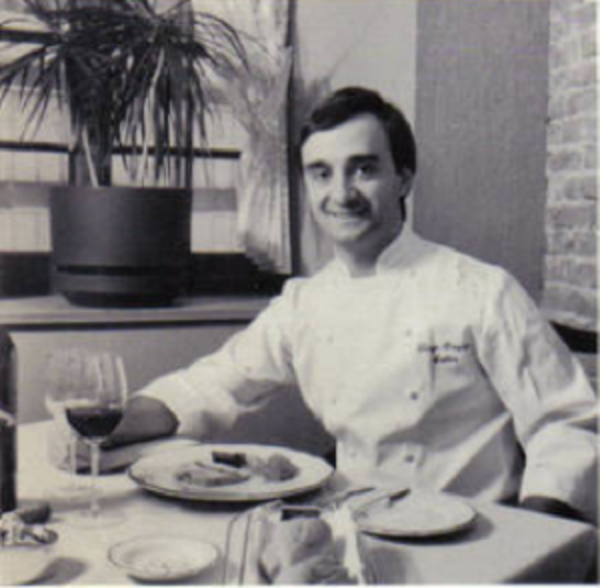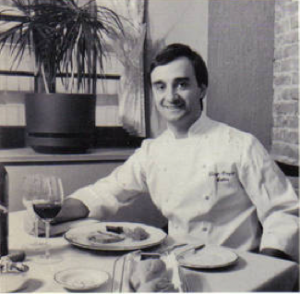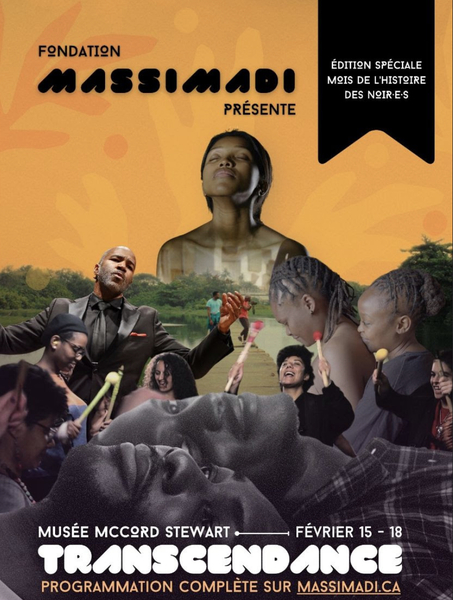Aficionados are well-aware that Cantharellus cibarius, known in French as girolle or Chanterelle commune, is a species of basidiomycete fungi belonging to the Cantharellaceae family. This mushroom, widespread across the Northern Hemisphere, is esteemed for its culinary excellence, ranking among the most renowned and sought-after in its category.
By analogy, the same can be said for the French "bring your own wine" restaurant La Girolle, nestled in Quebec's Saint-Sacrement neighborhood, which has been a well-known and sought-after destination for 23 years. Owned by Chef David Grenier (photo) since 2018, the establishment has preserved the spirit and values of its founders while naturally evolving its menu over the years and seasons.
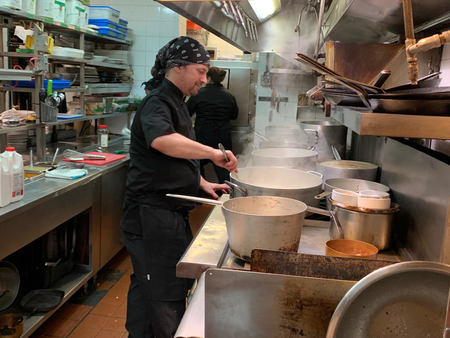
Let's highlight some of the famous dishes available. Starters include: Deluxe Charcuterie Plate, Escargot Pastry in Cheese Sauce, Flavors of L'ile d'Orléans, Bison Carpaccio with Truffle Emulsion. Main courses particularly appreciated are: Scallop and Shrimp Risotto, Grilled Lamb Loin with Spanish Sauce, Duck Breast with Port and Serviceberry, Braised Sweetbreads à la Forestière, Land and Sea / Black Pudding with Spices, Deer in Mushroom Crust with Périgord Sauce, Salmon Pavé with Mango Salsa, Chef's Style Beef Fillet Mignon, Pork Tenderloin with Cheddar Fondue and Balsamic.
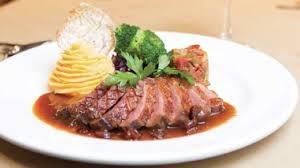
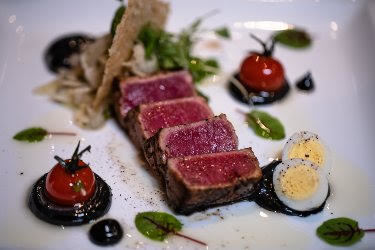
Grenier, before acquiring the restaurant, had been actively involved in various kitchen roles, from dishwasher to cook, starting at the age of 18. Despite not attending prestigious culinary schools or holding renowned degrees in hospitality, his merit includes stints at famed establishments during travels in Australia and around the world, where he honed and developed his culinary skills.
Alongside the previous owners of La Girolle, he has cultivated the art of dining based on dishes that continue to contribute to the place's fame and draw a loyal clientele, in addition to developing an entirely new menu. Since Grenier took over, there have been no major changes to the venue: the carpet was removed, and some minor renovations were made. His motivation lies in maintaining consistent quality in the cuisine, always in line with market availability and seasonally affordable products.
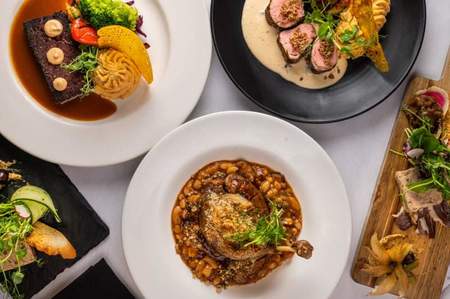
In addition to the regular menu displayed on large wheeled blackboards, which changes with the seasons, one can always order frozen dishes for takeout, offering meals distinct from the regular menu and complementing the dining room offerings. This product, even post the 2000-2001 pandemic, continues to enjoy success. They also offer various takeout and reheat dishes (soups, salads, charcuteries, sweetbreads, black pudding, pork tenderloin, for example).
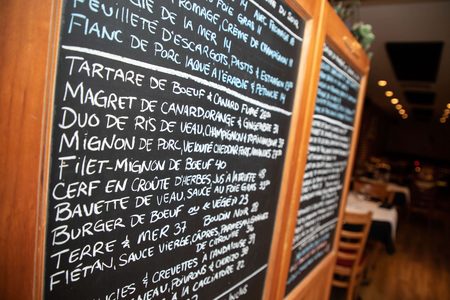
Indeed, La Girolle remains one of the rare "bring your own wine" (or beer) restaurants in Quebec City, a concept David Grenier assures will not change. This format is highly appreciated six evenings and three afternoons each week, from August to June. Its location outside tourist districts allows a month-long July vacation for the team of approximately 25 employees.
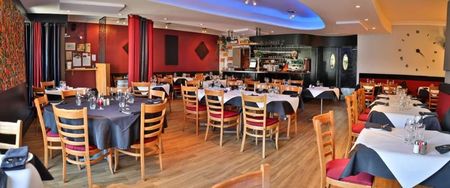
La Girolle can accommodate up to 140 guests in the evening, from Tuesday to Sunday, with 106 seats spread across two distinct sections. Reservations are recommended, especially from Friday to Sunday. Workers and residents of the neighborhood frequent it for lunch from Wednesday to Friday.
For history enthusiasts, the establishment Les Prés had been located here since 1990. La Girolle has been operating at this address since 2000.
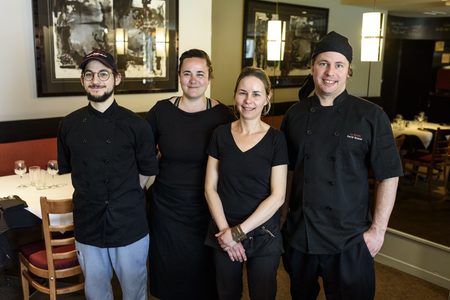
Restaurant La Girolle
lagirolle.ca
1384, Chemin Sainte-Foy
Québec, QC, G1S 2N6
(418) 527-4141



